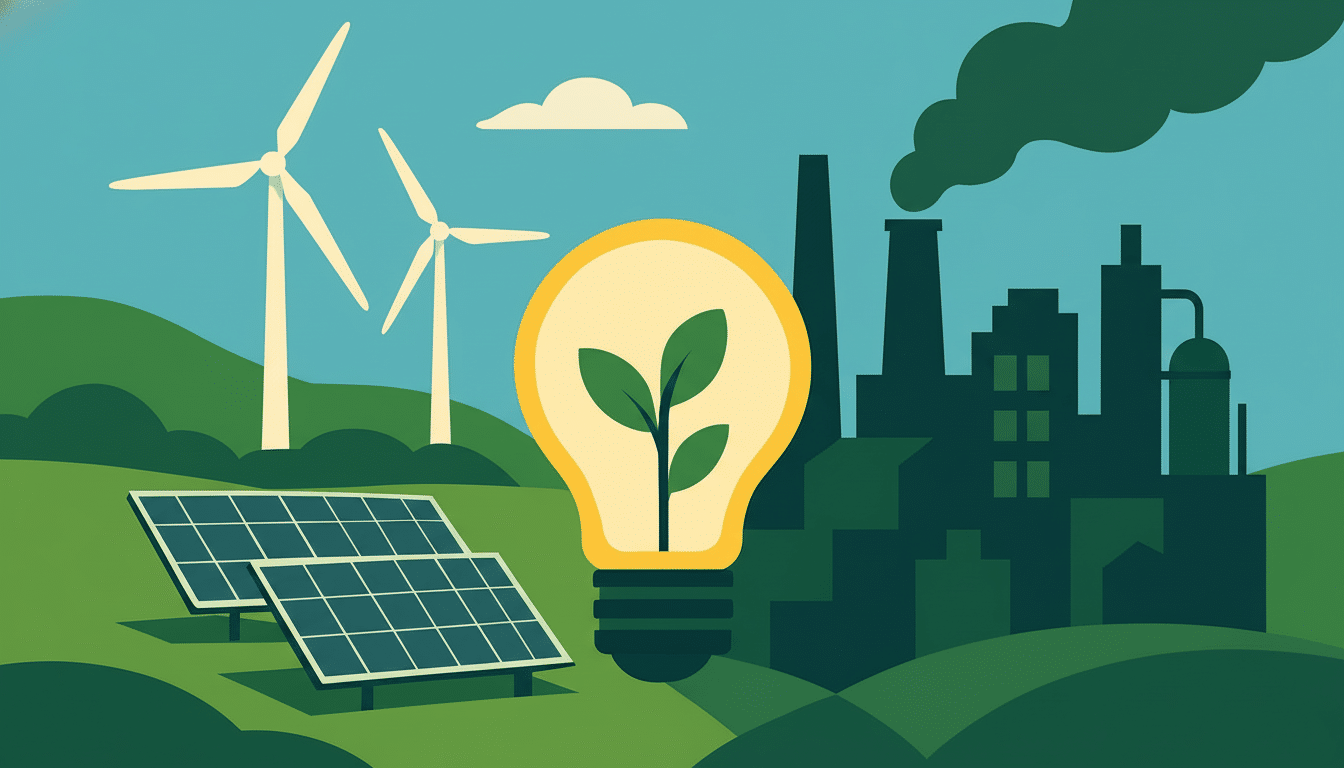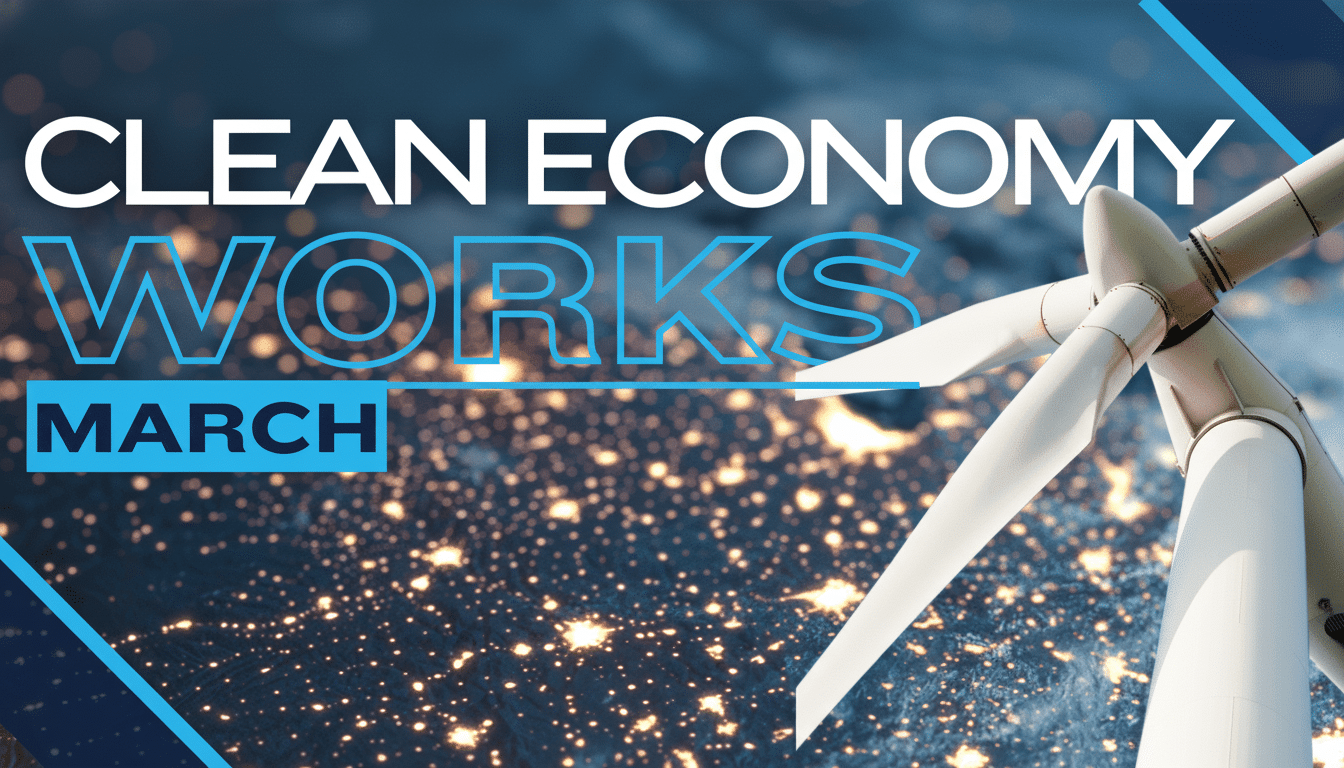A group of former climate policy strategists with Bill Gates’s Breakthrough Energy has created a new nonprofit, the Clean Economy Project, to work on turning ambitious policies into shovel-in-the-ground clean infrastructure. Known informally as CleanEcon, the group is presenting itself as a doers’ shop that will focus on taking action to speed deployment of clean energy technologies, lower costs and de-risk private capital throughout the clean energy supply chain.
The move comes after Breakthrough Energy announced that it was shuttering its U.S. policy shop, which had at best a dim prospect for influencing significant change in Washington at the hands of the current administration, according to reporting from the New York Times. Now, instead of dissolving, a core group has reconstituted under an independent banner that is supposed to accomplish projects more quickly.

Who’s Behind the New Clean Economy Project Initiative
The group is run by Aliya Haq, a climate policy veteran who had previously worked as vice president of U.S. policy and advocacy at Breakthrough Energy. CleanEcon begins with a small team — a rough head count is 10 people, although not everyone is full-time — and support from over 10 investors who come from both philanthropy and venture capital circles, signifying a hybrid model between policy wonkishness and private-sector pragmatism.
In contrast to many advocacy outfits, the core thesis of CleanEcon owes a lot to markets: clean technologies will beat fossil fuels on cost, and the quickest path to deep emissions cuts is through removing bottlenecks that slow construction or increase financing costs, or leave promising innovations stranded on pilots. That translates to less time on press releases and more in interconnection queues, school offices, and, yes, with risk officers at banks and insurers.
A Cost-and-Speed Plan to Accelerate Clean Energy Buildout
CleanEcon’s three priorities are simple: build energy more quickly, induce innovation that brings costs down, and de-risk private investment in these clean industries. Each solves for a familiar point of tension. Lawrence Berkeley National Laboratory tallies more than 2,000 gigawatts of generation and storage waiting in U.S. markets to get connected to the grid; waits, on average, stretch out longer than two years. Siting and transmission approvals can be as lengthy as the construction itself, and the delay in building adds cost.
From a pure money standpoint, there are tailwinds for the group. In Lazard’s most recent Levelized Cost of Energy analysis, utility-scale solar and onshore wind throughout much of the country provide electricity at a cost in the tens of dollars per megawatt-hour that is competitive with or cheaper than new gas and new coal — even without subsidies. The International Energy Agency says global clean-energy investment now exceeds annual spending on fossil fuel supply, a sign that capital is moving even while policy may be unclear.
But rock-bottom sticker prices won’t guarantee the buildout. Those cost advantages can be whittled away by local opposition, permitting that is spread out in fragmented bits, expanded interconnection studies and supply chain gaps. By honing in on repeatable fixes — standard contracts, predictable permitting timelines, more unified project sequencing on the grid — CleanEcon wants to translate this theoretical cost parity into real-world market share.
Policy Bets and Market Gaps Shaping Clean Infrastructure
CleanEcon’s founders are bathed in federal policy successes that have laid the groundwork for deployment, including increased clean energy tax credits under the Inflation Reduction Act and new demonstration funding streams at the Department of Energy.

But the group’s leverage points have turned local and transactional: transmission siting across state lines, faster environmental reviews without lowering standards, and clear interconnection rules that reward projects in a position to build.
On the finance side, the nonprofit is expected to act as something of a bridge between public support and private risk management. The Loan Programs Office of the Department of Energy has the ability to jump-start projects with loan guarantees, but many first-of-a-kind plants still find it difficult to line up equity, insurance and long-term offtake. When it comes to blended finance, procurement playbooks for heavy industry and bankable contracts for emerging fuels and materials, there may be room for a nimble policy shop to unlock scale.
Industries where such an approach could make a difference include long-duration energy storage, clean hydrogen and its derivatives, transmission and grid-enhancing technologies, sustainable aviation fuel, and low-carbon cement and steel. BloombergNEF and IEA have both emphasized that these sectors require policy stability and project de-risking as much as they need scientific breakthroughs.
Signals to Watch Next as CleanEcon Begins Its Work
CleanEcon will specialize. Early signs of CleanEcon’s success will be some specific bottlenecks it elects to put in its crosshairs. Look for pilot permitting compacts with states, model agreements that shrink interconnection studies, or collaborative frameworks that get utilities, developers and regulators on the same page for regional transmission planning. We can measure progress by periods shorter than the age of the universe, lower rates of cancellation in the queue, and higher utilization of tax credits that already exist.
The group is also betting that pragmatism plays well in a polarized environment. They are seeking to broaden the political coalition for clean energy beyond traditional climate constituencies by focusing on lower-cost power, domestic supply lines and private investment that can at least partially carry its own weight. If it works, the payoff will appear not in headlines but in megawatts, miles of wire and fewer stalled projects.
For a squad that made its name within a Gates-backed empire, the new chapter is not as much about marquee names as it is about execution. The argument is straightforward: where policy has already laid down incentives, the work that needs to be done now is clearing obstacles so projects can go up at speed and scale.

